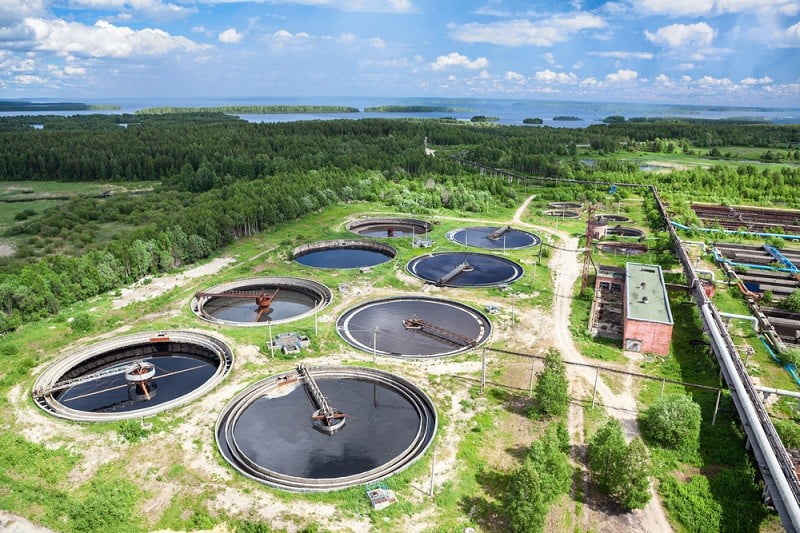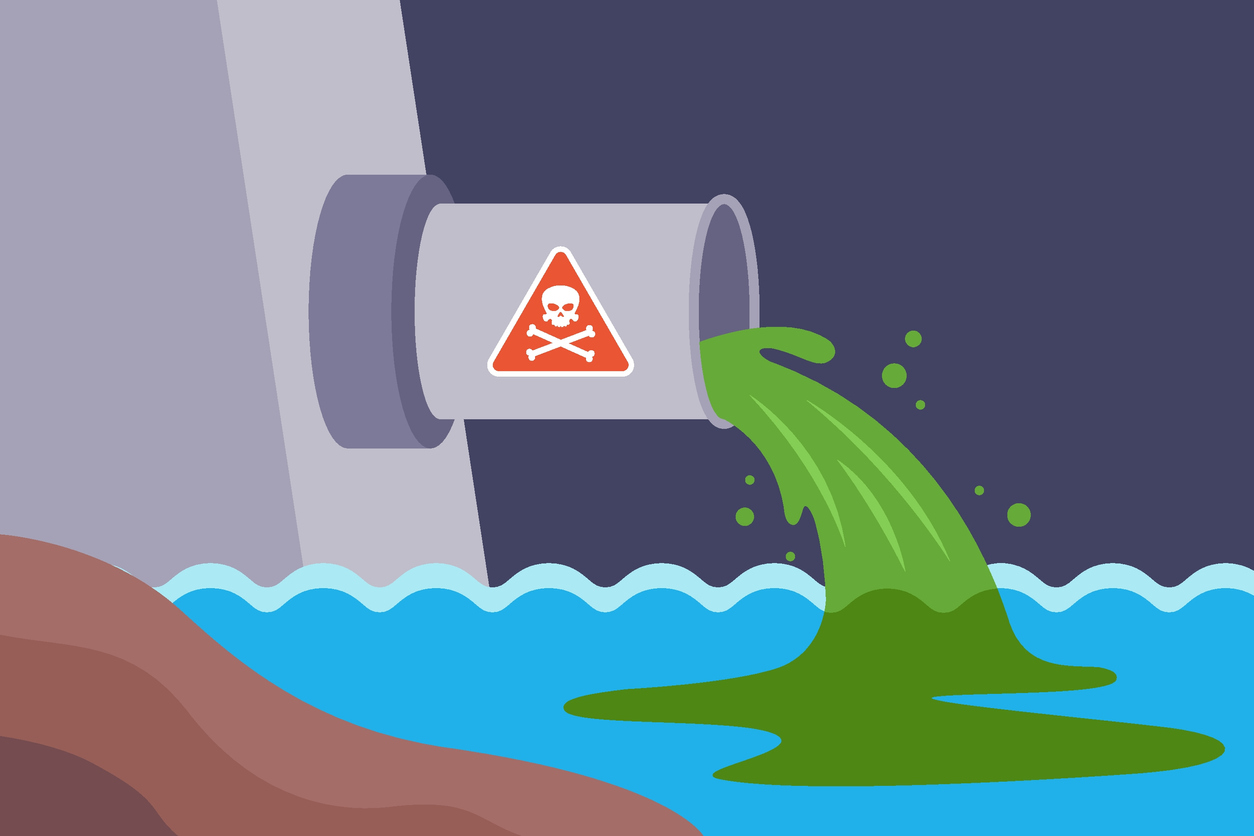Comprehensive Liquid Waste Disposal: Solutions for Houses and Organizations
Comprehensive Liquid Waste Disposal: Solutions for Houses and Organizations
Blog Article
Recognizing the Comprehensive Refine of Fluid Garbage Disposal: Finest Practices and Environmental Effect Factors To Consider
The management of liquid waste disposal is a multifaceted concern that calls for a thorough understanding of various ideal practices and their linked ecological effects. From the kinds of fluid waste produced to the approaches used for collection, treatment, and final disposal, each action plays a critical duty in securing ecosystems and public wellness. As regulatory standards evolve and innovation developments, the discussion around these processes ends up being significantly pertinent. What implications do these modifications hold for future sustainability efforts, and how can stakeholders guarantee that they are adequately resolved?
Kinds Of Liquid Waste
Recognizing the numerous types of fluid waste is essential for reliable monitoring and disposal practices. Liquid waste can be generally classified into a number of kinds, each requiring one-of-a-kind handling and treatment methods.
Industrial fluid waste commonly consists of harmful products, including heavy metals, solvents, and chemicals, created during making processes. These wastes demand rigorous governing compliance to shield human health and wellness and the atmosphere. Domestic fluid waste primarily refers to wastewater created from households, consisting of sewage and greywater, which, although less hazardous, can still pose significant risks if improperly handled.
Agricultural fluid waste, consisting of runoff from ranches, frequently consists of fertilizers and pesticides that can lead to environmental deterioration if not treated appropriately. Clinical liquid waste, created from healthcare facilities, consists of contaminated fluids such as physical liquids and chemicals, calling for specialized disposal techniques to protect against infection and environmental contamination.
Last but not least, oil and oil waste, typically generated by dining establishments and auto markets, can trigger serious clogs in sewage system systems if not managed effectively. Recognizing these categories helps with targeted techniques for treatment, conformity with laws, and efficient disposal methods, inevitably promoting environmental sustainability and public wellness safety and security.

Collection Techniques
Reliable collection techniques are important for the appropriate management of fluid waste, making certain that it is gathered safely and successfully prior to treatment or disposal. Numerous techniques are used relying on the sort of fluid waste produced, the quantity, and the details qualities of the waste.
One usual technique is using committed collection tanks or sumps, which are developed to record liquid waste at the resource. These systems typically integrate pumps that help with the transfer of waste to bigger storage space containers or treatment facilities. Furthermore, mobile collection units outfitted with vacuum modern technology are used in scenarios where waste is created intermittently or in hard-to-reach places.
For commercial settings, closed-loop systems can effectively minimize spills and leaks, enabling the recuperation and reuse of fluid waste. It is also vital to train personnel on appropriate collection procedures to mitigate risks related to dangerous substances.
In addition, implementing normal maintenance timetables for collection devices makes certain optimum performance and security. The assimilation of advanced monitoring systems can boost collection effectiveness by supplying real-time data on waste degrees and possible risks. On the whole, effective collection techniques are fundamental to sustainable liquid waste management methods.
Therapy Procedures
Treatment processes play a vital duty in the administration of fluid waste, transforming possibly harmful materials into risk-free effluents or recyclable resources - liquid waste disposal. These procedures can be broadly classified into physical, chemical, and biological methods, each tailored to address particular impurities existing in the waste stream
Physical therapy techniques, such as sedimentation and purification, job by getting rid of put on hold solids and particulate matter. These methods are often the very first step in the therapy chain, successfully reducing the this post lots on subsequent procedures. Chemical treatments include using reagents to counteract dangerous substances, speed up heavy metals, or oxidize natural he said contaminants, therefore improving the safety and security of the effluent.
Biological treatment procedures, consisting of triggered sludge systems and anaerobic food digestion, maximize the natural capabilities of bacteria to deteriorate organic matter. These techniques are particularly efficient for wastewater consisting of eco-friendly pollutants. Advanced treatment technologies, such as membrane layer purification and progressed oxidation processes, are increasingly employed to achieve higher degrees of filtration.
Incorporating a mix of these therapy techniques not only ensures compliance with regulative criteria however also advertises ecological sustainability by recuperating beneficial sources from fluid waste.
Disposal Options
How can organizations make sure the responsible and risk-free disposal of fluid waste? Effective disposal options are crucial for securing public wellness and the setting. The primary methods consist of land treatment, disposal, and incineration followed by discharge right into municipal wastewater systems.
Land disposal includes the cautious control of liquid waste in marked land fills, ensuring that it does not leach right into bordering dirt or water. Incineration, on the various other hand, subjects fluid waste to high temperature levels, converting it into ash and gases, which need proper purification to reduce emissions. This method is suitable for hazardous wastes that can not be dealt with through standard ways.
In situations where liquid waste can be treated, organizations may select chemical or organic treatment processes to neutralize unsafe parts prior to discharging the dealt with effluent right into community systems. This path typically straightens with governing needs, ensuring that the effluent meets safety criteria.
Inevitably, companies need to carry out detailed evaluations of each disposal alternative to establish its viability, thinking about factors such as waste structure, regulative compliance, and prospective dangers to wellness and the environment. By picking suitable disposal methods, organizations can contribute to an accountable waste monitoring approach.
Ecological Effect
The environmental impact of liquid waste disposal is an essential consideration for organizations seeking to minimize their environmental impact. Improper disposal techniques can lead to significant contamination of water resources, dirt deterioration, and adverse impacts on regional communities. As an example, hazardous liquids can seep right into groundwater, posing dangers to drinking water products and marine life. In addition, the discharge of neglected or improperly treated waste into surface area waters can result in eutrophication, resulting in oxygen exhaustion and the subsequent death of fish and other organisms.

To alleviate these influences, companies must embrace ideal methods such as carrying out strenuous waste therapy processes, advertising recycling and reuse, and adhering to regulatory requirements. By taking an aggressive method to fluid waste management, entities can substantially reduce their ecological impact while supporting lasting growth goals. description Eventually, a detailed understanding of the ecological effects connected with liquid garbage disposal is vital for informed decision-making and liable stewardship of all-natural sources.
Verdict
Reliable monitoring of liquid waste is important for securing environmental integrity and public wellness. Inevitably, an extensive understanding of fluid waste disposal not only minimizes ecological influences however additionally promotes a dedication to accountable source administration and environmental stewardship.
The management of fluid waste disposal is a multifaceted problem that calls for a comprehensive understanding of various finest practices and their associated ecological impacts. From the kinds of liquid waste created to the approaches used for collection, therapy, and final disposal, each action plays a vital role in guarding ecosystems and public health and wellness.The environmental impact of fluid waste disposal is a crucial factor to consider for organizations looking for to reduce their eco-friendly impact. Eventually, a detailed understanding of the ecological effects connected with fluid waste disposal is vital for informed decision-making and responsible stewardship of all-natural sources.
Ultimately, an extensive understanding of fluid waste disposal not only mitigates ecological influences yet additionally cultivates a dedication to accountable resource monitoring and ecological stewardship.
Report this page